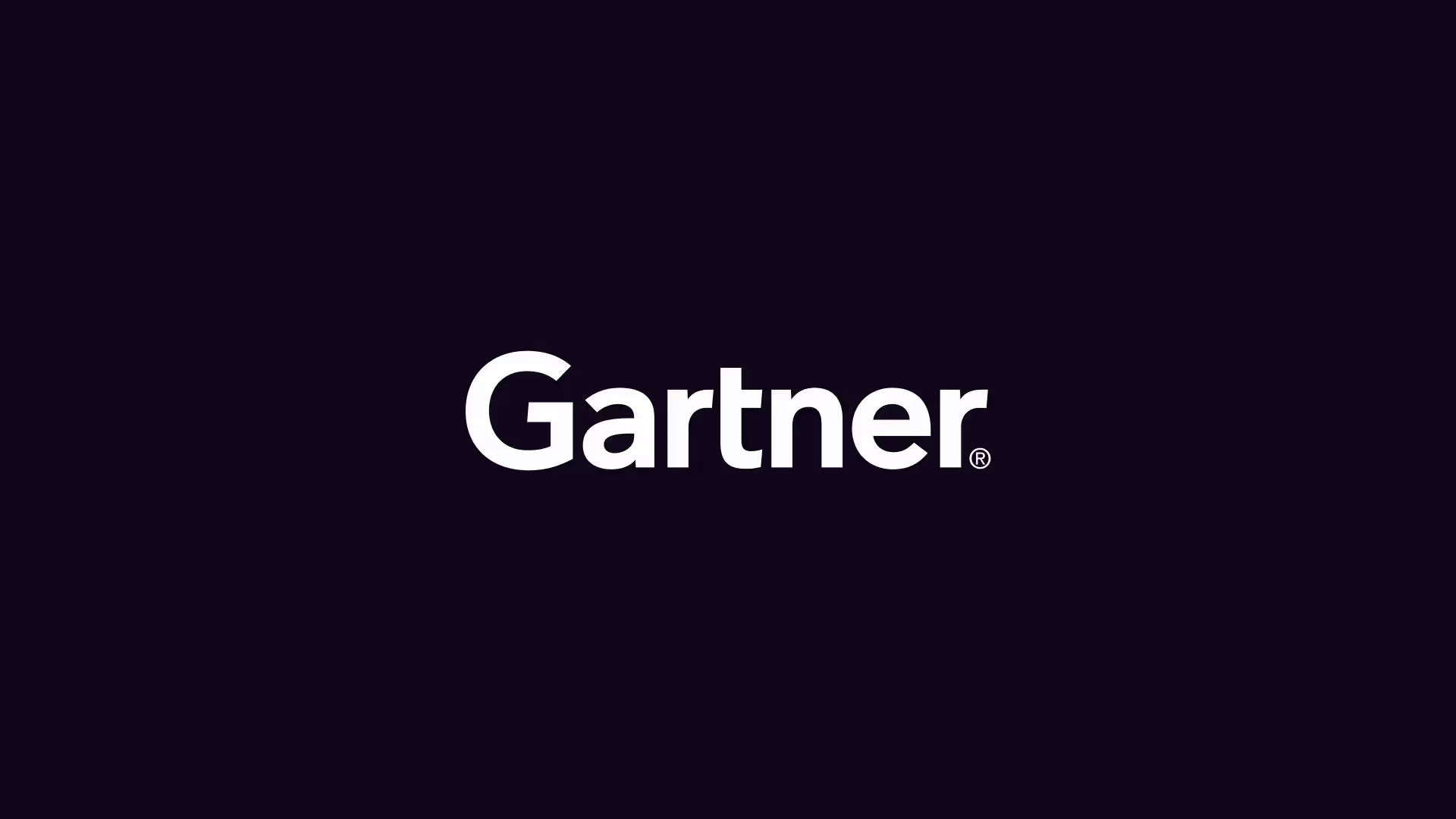
According to Gartner, threat exposure management will enable security and risk management leaders to build evidence-based security. It is predicted that by 2026, organizations that prioritize their security investments based on a continuous exposure management program will be three times less likely to suffer from a breach.
What is Continuous Threat Exposure Management?
CTEM may sound similar to vulnerability management, but it goes beyond it by introducing the hacker’s perspective. How you reduce risk is unique to your organization, however, CTEM provides the architecture to address the challenges you face through a five-stage process:
Scoping
Exposure management starts with defining the scope by mapping the external attack surface and identifying the risks associated with SaaS and software supply chain. This requires collaboration between business and security functions to determine what is mission-critical, high-value, or sensitive, and to establish the business objectives to support it. The aim is to identify activities outside of traditional vulnerability management programs that introduce risk, such as M&A and shadow IT.
Discovery
After defining the scope, the next stage involves mapping the infrastructure, network, applications, and sensitive data assets to identify misconfigurations, vulnerabilities, and other flaws. The objective is to classify the respective risks associated with them by mapping the various exposures that exist on different assets both in the IT and OT world.
Prioritization
After discovery, organizations that rely on traditional vulnerability management programs typically run into the issue of having too many critical vulnerabilities and limited remediation bandwidth, often leading them to focus on the wrong things. However, CTEM emphasizes evaluating the likelihood of exploitability and potential impact if exploited. Organizations can further modify their prioritization by considering their ability to respond to a breach with existing security controls.
Validation
This stage involves launching simulated or emulated attacks to verify that identified risks are exploitable. In addition, the validation step should also be used to influence stakeholders outside of security and convince them that action is needed. To effectively test a risk a number of technical techniques are needed such as penetration testing and red teaming. These techniques are time intensive so the use of automated tooling is essential for an efficient CTEM program.
Mobilization
Mobilization is where security teams launch remediation of the exposures, manually or automatically. The goal is not to find a way to automate remediation entirely but to build a streamlined process so that security teams can operationalize findings with low to no resistance. By utilizing validated results organizations can improve the speed and scale of response for critical risks.
What CTEM means for cybersecurity
Most of the problems that existing vulnerability programs face come from the fact that they are not mature enough. CTEM goes above and beyond vulnerability management by defining a clear set of security and risk management practices that are aligned with business goals to continuously minimize risk, improve efficiency, and automate compliance.
Depending on the organization’s current maturity level, organizations should mature toward CTEM by leveraging existing and new technology. Hadrian helps your organization achieve that by automating the entire external exposure management lifecycle, from initial asset discovery to risk remediation. Download this e-book to learn more about the Gartner recommended strategy (CTEM) for managing cyber risk.





